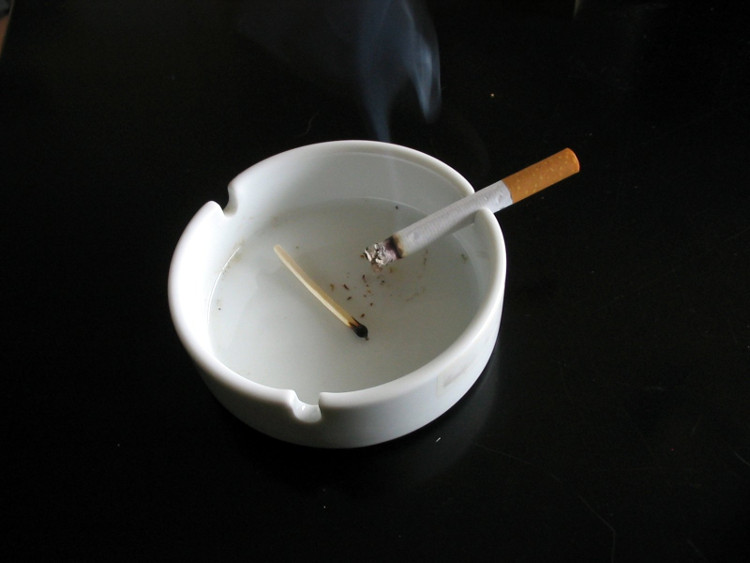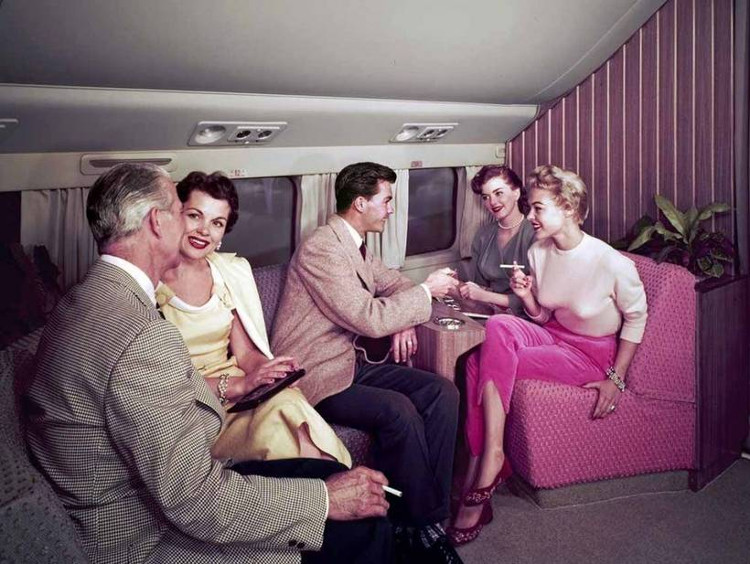Why is smoking banned on the plane but still have ashtrays?
We all know that smoking is prohibited when flying, but there are cigarette ashtrays on every plane. So what does ashtray work?
It may sound crazy, but before, passengers can buy cigarettes, light fire and smoke comfortably when the plane is at a height of more than 9,000 meters and no one cares.
However, since the 1990s, smoking has been banned in all flights around the world, but ashtrays are still on the plane. Why so?

Although smoking is prohibited on the plane, there must be a ashtray in the toilet.
The US Federal Aviation Administration has listed essential equipment on aircraft, including the ashtray in the toilet. The reason is still to be equipped with ashtrays because if someone intentionally smokes, they still need a place to ashtray and throw the filter head after smoking a safer way than to dump the medicine in the trash, yes Can cause fire or explosion.
In addition, there is a rule that if one of the ashtrays on the plane breaks, they must immediately be replaced within 10 days (provided that half of the ashtrays on the plane are still in use) otherwise they must be replaced in 3 days).
In 2009, a British Airways flight was delayed because staff had not prepared enough ashtrays on the plane.

Previously, smoking on airplanes was not banned.
At that time, the spokesman said: "This is a safety regulation to fly, although smoking is prohibited on flights but must be equipped with ashtrays because if someone lit a cigarette, there must be a place for them. stamping safe medicine ".
A clear demonstration of the danger of not having an ashtray on board is that in 1973, 123 passengers were killed in Varig 820 flight from Rio de Janeiro (Brazil) to Paris (France) due to a fire. burst out of a cigarette thrown into a trash can in the toilet. The cabin is full of smoke and pilots are forced to make an emergency landing in a field 15km south of the French capital.
- Why is there a rule not to smoke on airplanes?
- China banned smoking in schools
- Hong Kong: prohibit smoking in public places
- Look at this robot smoking and you will never dare to touch tobacco again
- Beijing banned smoking in taxis
- Absolute taboos must not be performed in Russia
- Stop smoking reduces stress
- The reason you could be kicked out of the plane
- Products ... 'crazy' but useful
- Want young people to quit smoking, caress
- From February 1, France banned smoking in public places
- The probability of an aircraft having an accident is 0.00001%
 'Fine laughs' - Scary and painful torture in ancient times
'Fine laughs' - Scary and painful torture in ancient times The sequence of numbers 142857 of the Egyptian pyramids is known as the strangest number in the world - Why?
The sequence of numbers 142857 of the Egyptian pyramids is known as the strangest number in the world - Why? History of the iron
History of the iron What is alum?
What is alum?